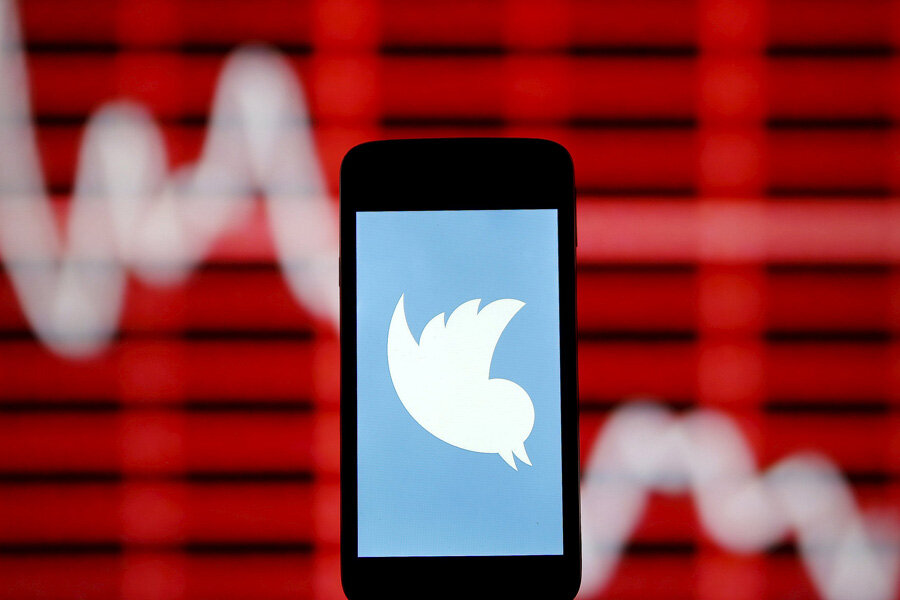How Twitter is crowdsourcing its war on trolls
Loading...
Twitter users have a new weapon in the fight against unwelcome and abusive tweets.
On Wednesday, the social media giant announced a new feature that allows users to export their lists of blocked accounts. Instead of having to block each individual troll, bully, or spambot as their tweets arrive, users will be able to collectively block contacts simply by sharing a downloadable file.
The tool, which is currently available only to some users and will continue to be rolled out over the next few weeks, will most benefit “people that are members of a targeted community,” says Neal Schaffer, co-founder of the Social Tools Summit and a consultant who has been named on Forbes’ list of Top 50 Social Media Power Influencers.
Mr. Schaffer gives examples of political pundits or sports superfans, such as the actress Ashley Judd, who in March was berated on Twitter for rooting for the University of Kentucky's basketball team. But ordinary people, like the two dozen high school students in Winchendon, Mass., who were being cyberbullied by two anonymous Twitter accounts in February, would also be able to take advantage of this feature.
Because Twitter users tend to block others for various reasons, however, it’s unclear whether the function is too narrow, says Schaffer. Cyberbullies often target individuals, and people may want to filter out different kinds of advertisements. “I’m not sure that one person’s block list will be as relevant as another.”
Another challenge Twitter faces is the “endless numbers of bots that are in the system,” says Schaffer, which can automatically post tweets and follow other users. “The challenge they have is that they really have little control," he says. "Anyone with an email account can make a Twitter account.”
To limit spam, Schaffer envisions another solution: one that would allow blocked lists to be publicly accessible. “That would help users better filter through… see how many accounts are on x number of blocked lists,” he says, echoing a sentiment that has been expressed by other users. “I do think that the primary benefit is to help users clean up their Twitter stream.”
Twitter’s latest move comes as another step toward guarding privacy as social media continues to brim with virtual communities that actively gather to promote hate. The day after Twitter's announcement, the popular message board website Reddit took to its own network to delete and ban five such communities, including one named “r/fatpeoplehate,” which was regularly posting photos of overweight people and mocking them. It had 150,000 subscribers, about the same as the main Reddit community devoted to bicycling.
The fight against personal harassment by social media companies is proceeding slowly but surely, says Schaffer. Only last year, 12 years after its inception, did LinkedIn introduce a blocking function, he pointed out.
While the success of Twitter’s new feature remains to be seen, “if this raises enough noise, the other social networks may follow suit,” he says.






